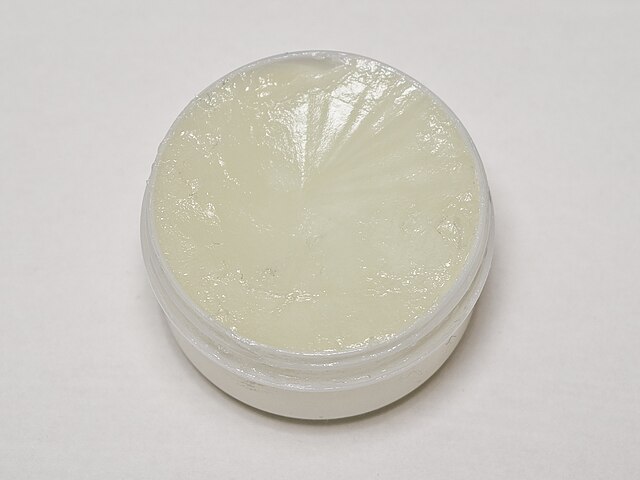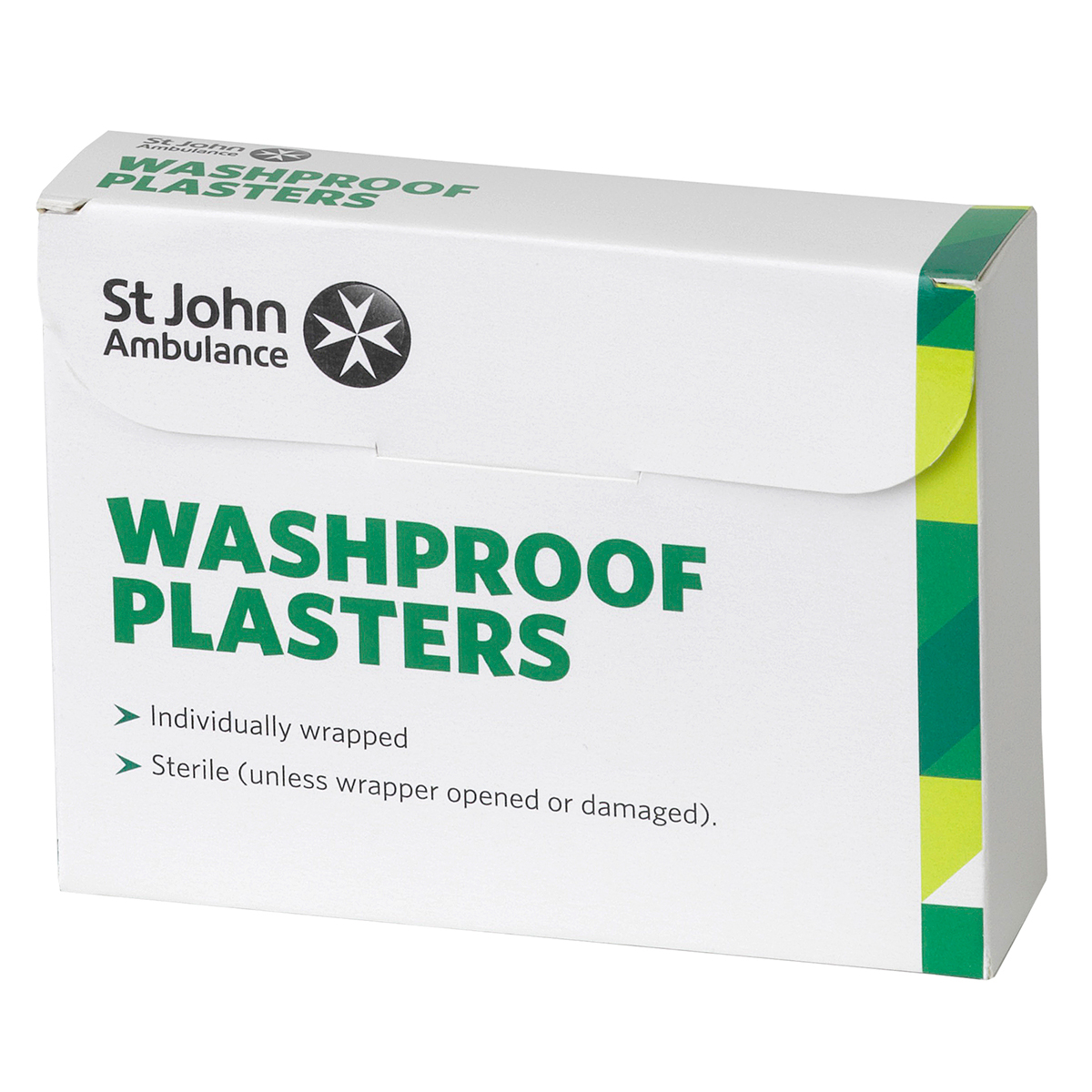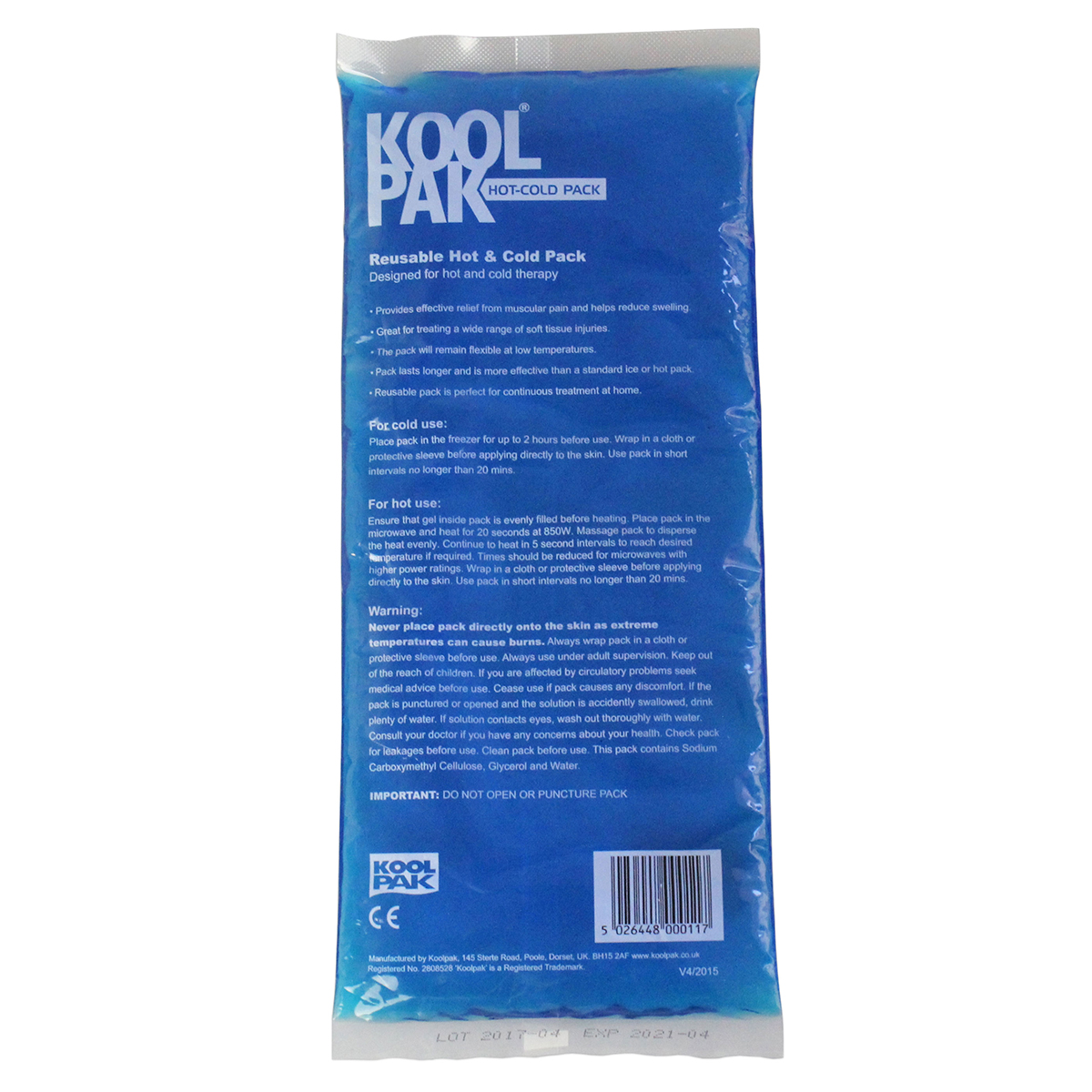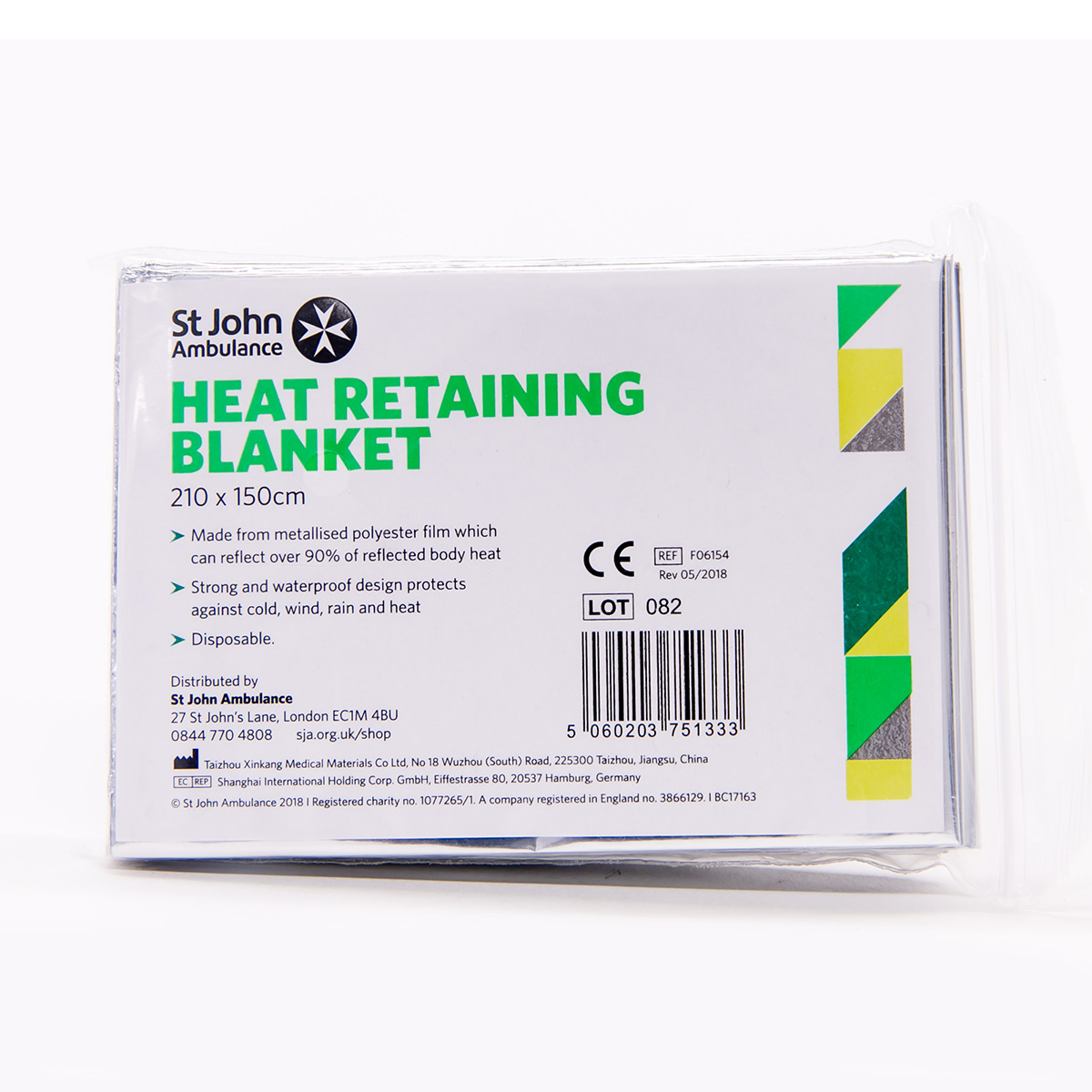Shoes
The right running shoes can make all the difference in preventing injuries and maximizing performance during a marathon. Wearing shoes that are too old or worn out can lead to discomfort, blisters, and even more serious injuries. It's important to choose shoes that fit well, provide adequate support and cushioning, and match your running style and foot type. As a general rule, it's recommended to replace your running shoes every 300-500 miles or every 6-8 months, whichever comes first, to ensure they continue to provide the necessary support and protection.
Stretching
Stretching is an important component of marathon preparation as it helps improve flexibility, increase range of motion, and reduce the risk of injury. Dynamic stretching before a run can also help activate the muscles you'll be using during the race, improving your performance. However, it's important not to overdo it with stretching as excessive stretching can actually increase the risk of injury.
It's generally recommended not to stretch on marathon day as it can cause muscle fatigue and reduce your overall performance. Instead, focus on a warm-up routine during the start of your marathon. This will help activate your muscles and prepare your body for the demands of the marathon.
Importance of massages
Preparing for a marathon is no small feat, and it requires careful planning, training, and dedication. One important aspect of marathon training that is often overlooked is the role of a physiotherapist. A physiotherapist can play a crucial role in helping you prepare for a marathon, both in terms of preventing injuries and optimizing your performance.
Cardio when injured
If you sustain an injury, it is important to seek guidance from a doctor or a physiotherapist before starting your cross training regimen. Once they give you the green light, you can continue with your training plan but incorporate cross training instead. It's crucial not to let go of the progress you've made through your dedicated efforts. Remember to engage in pain-free cross training and incorporate the specific rehabilitation exercises prescribed to you.
For more information and tips about refer to runners guide.
Strains and sprains
Injuries to the soft structure around the bones and joints are commonly called strains and sprains. They are often associated with sports activities.
Read here what to do if you or another runner are injured.
Plasters
Plasters
In the context of a marathon, blister plasters can be particularly helpful for runners who are experiencing foot blisters due to the prolonged friction and pressure of running. They can be applied before the race to prevent blisters from forming, or after the race to protect existing blisters and promote faster healing.
These are made from fabric or waterproof plastic and can be applied to small cuts and grazes. Gel plasters can be used to protect blisters.
Types of adhesive dressings or plasters include:
- clear plasters
- blue catering plasters
- gel blister plasters
Cool pack
Cool pack
A cool pack, also known as a cold compress, can be helpful after a marathon or any other physical activity that causes muscle soreness or inflammation. When you exercise, your muscles can become inflamed and damaged, leading to soreness and discomfort. Applying a cool pack to the affected area can help to reduce inflammation, numb the pain, and speed up the recovery process. Make sure to put a cover over the ice pack to reduce the chance of burns.
Foil Blanket
Foil Blanket
After a marathon, your body temperature can drop rapidly as your body tries to cool down. This can be dangerous, especially if you are wearing wet clothing or standing in a cool or windy environment. Foil blankets, also known as space blankets or emergency blankets, are made of a thin, reflective material that helps to trap your body heat and prevent it from escaping. They can also help to block wind and rain, keeping you warm and dry.
Vaseline

Vaseline
As a marathon runner, it's important to take measures to prevent chafing. To minimize friction and discomfort, apply Vaseline or a similar product to areas prone to rubbing, especially when wet. Focus on key areas such as your feet, inner thighs, underarms, and any other susceptible areas. This precaution will help you avoid the aggravation caused by chafing during your race.




